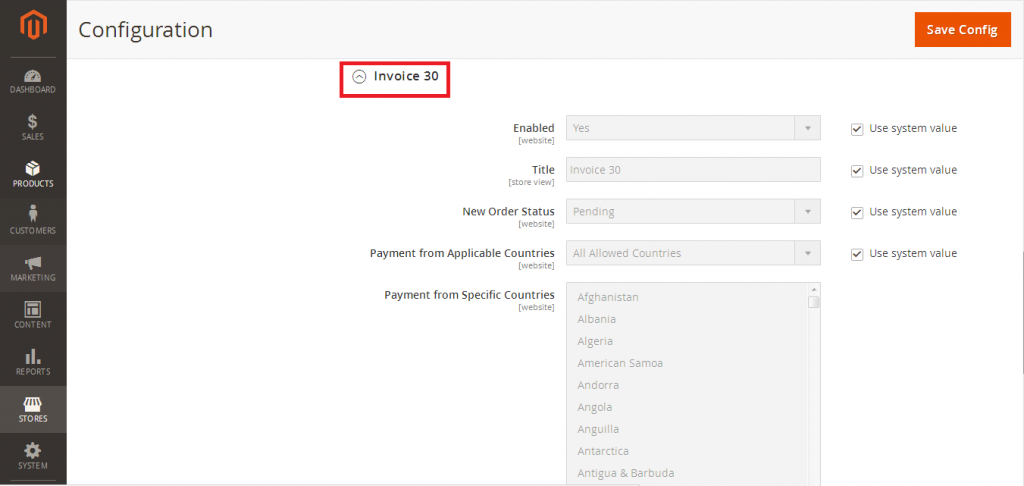

Create a new PHP file: app/code/M圜ompany/ModuleName/Block/Onepage/Success.php Use attribute " type" to define the PHP class that will be used instead of the original one.ģ. Use attribute " for" in the "preference" tag to define the PHP class that you want to override. Create the etc/di.xml file in your extension folder: app/code/M圜ompany/ModuleName/ etc/di.xml If you want to rewrite existing class methods with Magento preference follow the steps below:ġ.
#Magento2 devdocs how to
In this article, you'll learn how to do it and discover useful examples that will help you along the way. You can use preferences in Magento 2 to implement some interfaces or to rewrite/override the existing PHP classes and their methods. The Git Bash executable is on the shortcut menu.Ĭreate a working directory for your Git repositories and change to the new directory.Magento 2 Preferences is used by the Magento 2 object manager to extend the default implementation.
#Magento2 devdocs install
select your preferred editor (can use Nano, Notepad++, or VIM)Īlthough you can install Git using Chocolatey, we chose to install Git for Windows independently for more control of the installation settings.select Checkout as-is, commit Unix-style line endings.Open the Git Setup file downloaded from the Git for Windows site and use the following settings during installation wizard: Use Git for Windows to prevent interference with the existing Windows environment and to have Git Bash and Git GUI launch commands available on the shortcut menu. If you encounter problems with Ruby, or the gem command is not recognized, you can install the rubyinstaller-devkit.exe development kit located in the c:\ProgramData\chocolatey\bin folder. Verify the environment variables were added properly: Open the Command Prompt using Run as Administrator in the shortcut menu. If you have Ruby installed on the workstation, then you can skip this installation. You can install editors, such as Nano and Notepad++, using Chocolatey, as well. As a best practice, only use extensions labeled as a "trusted package". Chocolately has many extensions available, similar to Homebrew for MacOS. You should see C:\ProgramData\chocolatey\bin in the path.Ĭlose and reopen the command prompt before using choco commands.Īfter running the script at the command line, you can install any required extensions. In the Windows CMD console, type echo %path%.In the Windows UI, open search and type path.

Verify Chocolatey was added to the environment variables: Navigate to the 2.0 branch and click the file you want to view.Īdd an entry for 2.0 in the Docfile.yml " %SystemRoot%\System32\WindowsPowerShell\v1.0\powershell.exe " -NoProfile -InputFormat None -ExecutionPolicy Bypass -Command "iex ((New-Object ).DownloadString('')) " & SET " PATH = %PATH% %ALLUSERSPROFILE%\chocolatey\bin " To ensure the quality of our public documentation for versions of Magento that are still supported and to avoid potential confusion about 2.0.x support, we removed all 2.0.x content from our public documentation websites on May 31, 2019.Īlso, you can use the GitHub interface to read the source Markdown files instead of building the site locally. After March 2018, Magento 2.0.x stopped receiving security patches, quality fixes, and documentation updates. Magento 2.0.18 was the final 2.0.x release.

If you don't have the _ file at the root of your devdocs/ directory, the rake will generate all versions of the documentation.


 0 kommentar(er)
0 kommentar(er)
